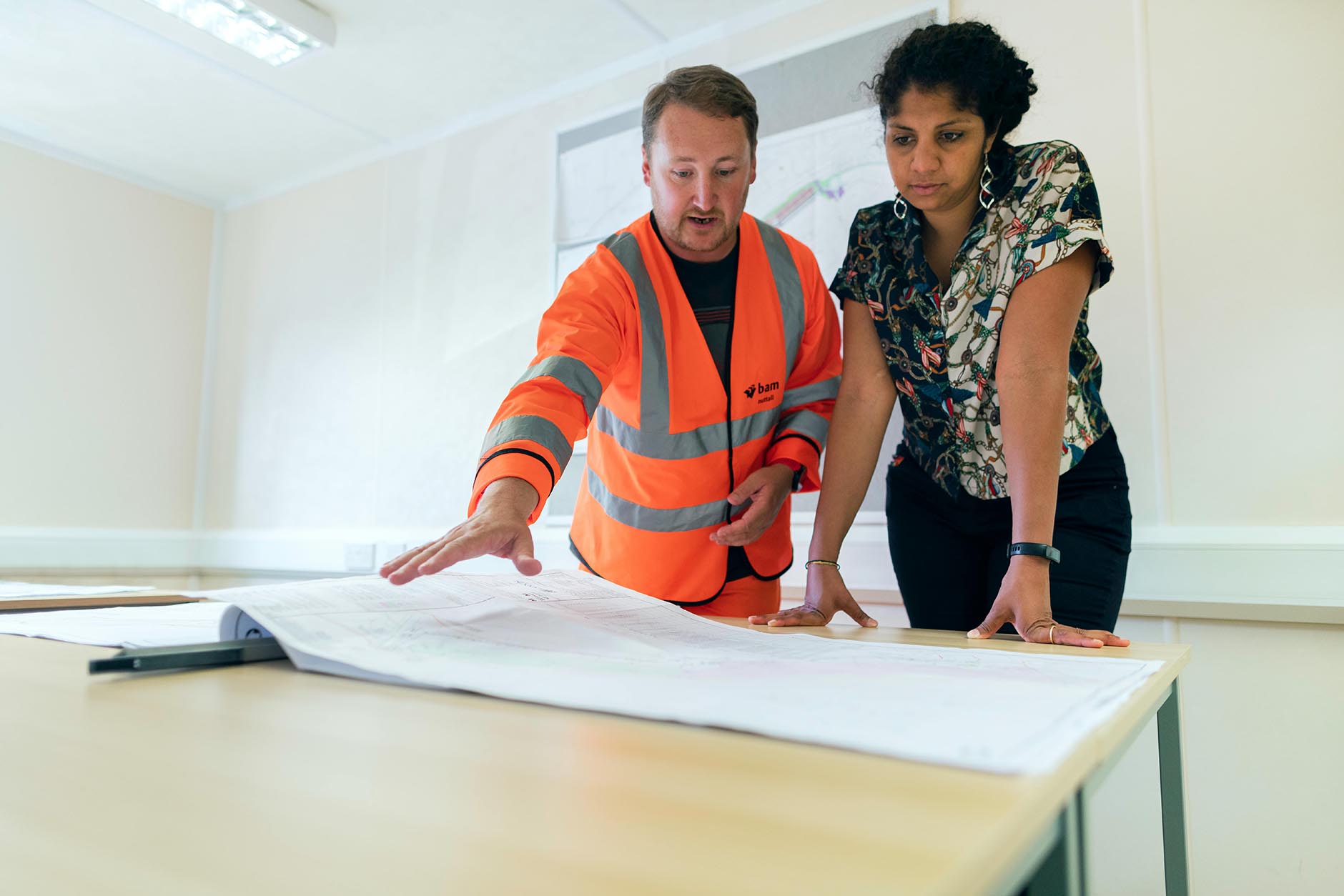
Shape Team

Construction projects rarely flow like perfectly poured concrete. Delays, changes, and unforeseen circumstances are par for the course. When these disruptions impact your project, it's your responsibility as the site engineer to raise the flag and potentially submit a claim. But just saying "something's wrong" isn't enough. You need to present a watertight case, and that's where substantiation comes in.
Think of substantiation as building a brick-and-mortar argument. Each piece of evidence is a sturdy brick, and the stronger your foundation, the more likely your claim stands up to scrutiny. Here are some best practices to become a master claim-substantiating engineer:
Daily Reports: Religiously note down deviations from the plan, unforeseen conditions, and potential delays. Include photos, witness statements, and any relevant conversations. Remember, contemporaneous documentation carries more weight than retrospective recollections.
Change Orders: Get every deviation, no matter how seemingly minor, formally documented through change orders. This establishes a clear paper trail and avoids ambiguities later.
Correspondence: Email records of discussions, concerns raised, and responses received are invaluable. Always copy relevant parties to maintain transparency.
Claims aren't just about saying "it took longer"; they're about proving the financial and logistical consequences. Track labour hours, material usage, equipment rentals, and any additional costs incurred due to the disruption. Back everything up with invoices, receipts, and time sheets.
The contract is your construction bible. Refer to it religiously to understand your rights and obligations as well as those of other parties involved. Identify relevant clauses covering delays, changes, compensation, and dispute resolution procedures.
While you're on the frontline, you're not a lone soldier. Collaborate with the project manager, cost estimators, and legal team. Their expertise in different areas can strengthen your claim and navigate the complexities of formal procedures.
Contracts often have strict timeframes for submitting claims. Make sure you understand and adhere to these deadlines. Delays in filing can weaken your case or even render it invalid.
Claim notifications and reports have specific formats and requirements. Don't be intimidated by legal jargon. Seek guidance from the project manager or legal team to ensure your documentation meets all the necessary criteria.
Present your evidence not just as a collection of facts, but as a coherent story. Explain the cause-and-effect chain, how the disruption impacted the project, and the resulting financial and logistical consequences. Make it clear, concise, and easy for the decision-makers to understand.
As the site engineer, you have firsthand knowledge of the project dynamics and the impact of unforeseen circumstances. Use your expertise to analyse the situation, draw logical conclusions, and support your claims with technical explanations and data.
Substantiating claims can be a complex and daunting task, but by following these best practices, you can build a rock-solid case that stands its ground. Remember, thorough documentation, clear communication, and a deep understanding of the project and contractual obligations are your keys to success. Don't be afraid to seek help, but ultimately, as the site engineer, you're the first line of defence for ensuring fair compensation and project stability. So, keep building your evidence brick by brick, and your claims will stand tall and true.